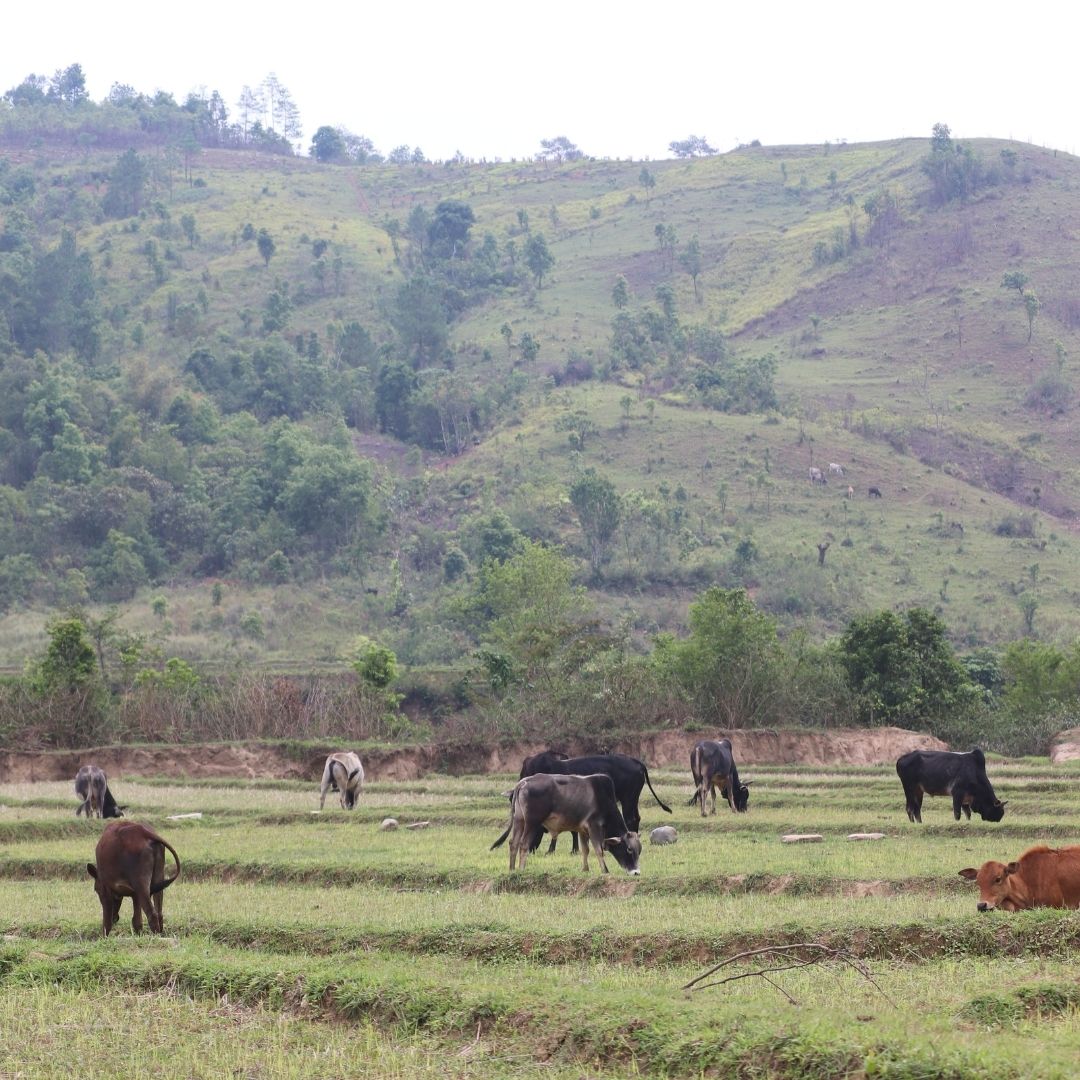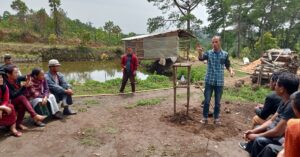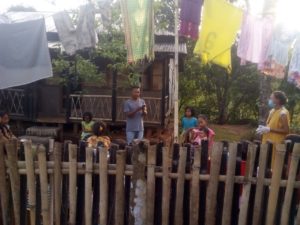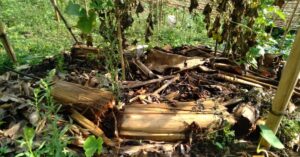More than a month ago, community members from Umsawwar, including Mawdulop, Ksangrngi, Jatah Lakadong, Mawlong, and adjoining villages — under the banner “Ka Kynhun Ki Nongrep Harud Wah Umngot” — prevented officers of MeECL, Meghalaya State Pollution Control Board, and the district administration from going to Siangkhnai community for the proposed public hearing of the Umngot Hydro Electric Project. Days later, there were many more protests held across the state wherein a network of like-minded people opposing the project highlighted the ‘damning’ situation which in all likelihood will cause a major impact not only on the environment but the communities through which it passes through as well.
It is mentioned in the project documents that around 13 villages which are located in East Khasi Hills and West Jaiñtia Hills are likely to be around 296 hectares of land to submerge. Also, seven villages whose cultivated lands are in the submergence area such as Umsawwar, Mawdulop, Mynsang, Jatah Nonglyer, Ksanrngi, and Mawsir.
The proposed construction of the Umngot Hydro-power Project will also lead to a degradation of the local ecology. The draft EIA report mentions 28 mammals, 16 reptiles, 97 birds, and dozens of butterfly and fish species in the project-affected area. Loss of biodiversity is therefore imminent if the project goes ahead and with it, the threat to biodiversity loss will rise exponentially.
Construction of the dam will also lead to a loss of livelihoods for several community members who solely depend on the river Umngot. The river is also known for its crystal clear waters which have attracted many tourists over the years. The North East Slow Food and Agrobiodiversity Society (NESFAS), Shillong, works with Umsawwar, one of the affected communities by this project. Community members from the area and other surrounding communities nearby make use of the river as their main source of water for irrigation. The construction will not only hamper the fields but will take a toll on the day-to-day lives of the people. They make use of the river water for other purposes as well such as cooking, practicing hygiene, and other more activities.
A specific impact of the project apart from the ones mentioned above will be the loss of agrobiodiversity. The participatory mapping conducted under NESFAS’ present ongoing project “No One Shall Be Left Behind Initiative: Biodiversity for Food, Nutrition, and Energy Security, Meghalaya and Nagaland” suggests a that Umsawwar has the third-highest agrobiodiversity across the state and Nagaland. This diversity includes both cultivated as well as those foraged from the forest.

Animals (which include mammals, birds, amphibians, crustaceans, insects) were not included in the participatory mapping survey. But if they were to be included, the number of agrobiodiversity, i.e., variety and variability of animals, plants, and microorganisms that are used directly or indirectly for food and agriculture, including crops, livestock, forestry, and fisheries, will easily cross 350-400. This includes many of the food plants that are highly nutritious and rich in micronutrients.
Among all the food plants available in the village, maybe the most exceptional is phankaro (Sweet potato) which has a particular variety of great importance. This is the phankaro stem or orange-fleshed sweet potato, which is categorized under Vitamin-A rich food plants. Foods that are highly rich in Vitamin-A provide a boost to the immune system and helps prevent serious conditions like the early onset of blindness. The project will, thus, have negative consequences on local food production and nutritional outcomes.
On the other hand, dams store a lot of water, provide renewable energy and prevent floods but at the same time, they also worsen the impact of climate change. According to studies, they have mentioned that dam construction leads to extinction as they mostly disrupt fishes and bird migration. Any alteration in the structure and composition of any river for that matter can have a disastrous effect on the surrounding species, which often leads to extinction.
According to a study conducted by the Earth Law Centre, USA, they mentioned that “Downstream habitats are also severely impacted by changes in salinity and oxygen levels. Due to the high rate of evaporation and growth of aquatic vegetation within the reservoir itself, water that travels downstream from a dam usually has a higher salinity content and a lower oxygen concentration than normal. This change in the chemical makeup of the water creates detrimental conditions for species that previously thrived in those areas.”
Also, the community is said to have been resolved not to part with land for the construction of the Umngot Hydro Electric Project. If it goes ahead, the project will violate various provisions under the 2007 Declaration on the Rights of Indigenous People. These are Article 10 (No forced relocation), Article 18 (Representation in decision making which affects them), Articles 19, 23, and 32 regarding Free, Prior and Informed Consent and the right to determine the strategies for their development, Article 25 on maintaining the spiritual relationship with land and Article 31 which is about protecting cultural heritage and intellectual property.
India has voted in favor of the adoption of the Declaration and the project is a violation of that commitment. India has always been at forefront of the protection and promotion of indigenous peoples’ rights known as Schedule Tribes in India. Under the Indian Constitution, Articles 244, 275, 330, 334, 371, and 164 (1) are for the protection of the Rights of Indigenous People of India. The Constitution also provides for the Fifth and the Sixth Schedule (which is applicable in the state of Meghalaya) to ensure proper control and administration of Schedule Tribes and their areas. The proposed project thus will be a setback to India’s efforts to protect and promote Indigenous people’s rights.
Our River Umngot can only be saved through our mutual support and we urge everyone to stand united to save it. There is a lot of damage that has been done already and it is now time to rectify it. In this crucial time, we all need to stand together in unison and fight for the safety of our river. If people do not take any action now then we will not be able to leave a beautiful world for our coming generations.



